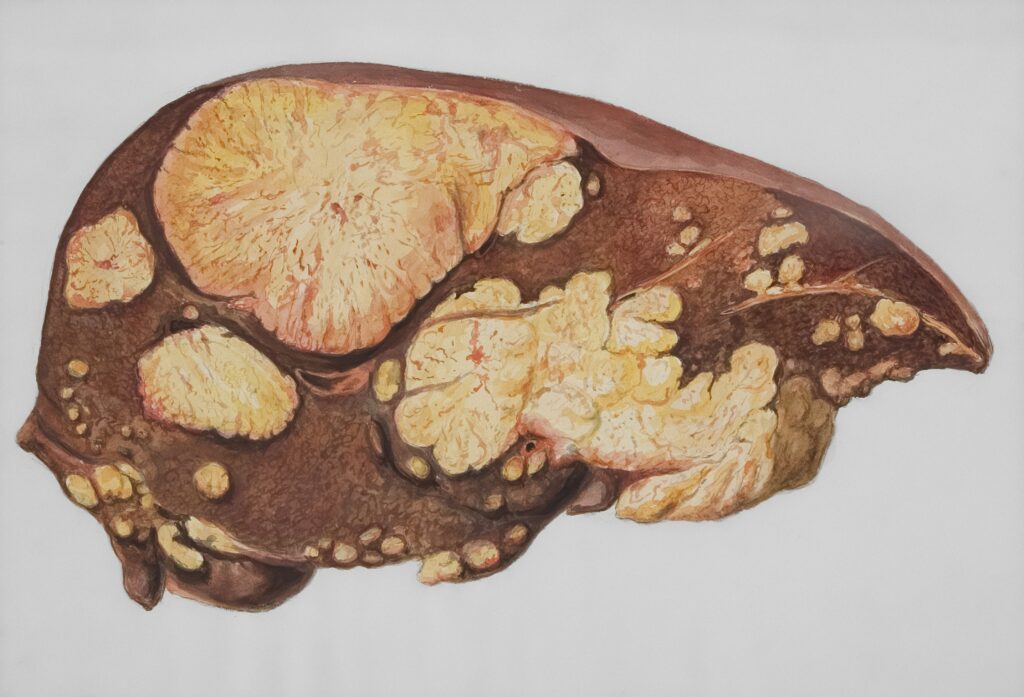
“Alphabetic order of Definitions”
Anti-angiogenic factors: Molecules that inhibit blood vessel formation. In preeclampsia, these are overexpressed, impairing placental vascular development. Examples:
- sFlt-1 (soluble VEGF receptor): Binds VEGF/PlGF, reducing their pro-angiogenic effects.
- Soluble endoglin (sEng): Inhibits TGF-β signaling
CD94/NKG2A: A heterodimeric receptor on NK cells that recognizes HLA-E. This interaction is inhibitory, helping maintain immune quiescence at the maternal–fetal interface.
Endothelin-1 (ET-1): A potent vasoconstrictor peptide produced by endothelial cells. In preeclampsia, ET-1 levels are elevated, contributing to:
- Hypertension
- Endothelial dysfunction
- Reduced uteroplacental blood flow
Extra villous trophoblasts or EVTs are special type of placental cells that are able to migrate and invade the maternal decidua (the lining of the uterus) and even the myometrium (the muscular wall of the uterus). A key function of EVTs is to remodel the maternal spiral arteries, which are small blood vessels that supply blood to the placenta. This remodeling process is essential for ensuring adequate blood flow to the developing fetus. It is to be noted the definition of trophoblast as well:
“Trophoblast cells are a specialized cell type forming the outer layer of a blastocyst, crucial for embryo implantation and development of the placenta. They are the first cells to differentiate from a fertilized egg and play a vital role in nourishing the embryo and establishing a connection with the mother’s uterus”
Hyperpolarization factor: This refers to agents that cause membrane hyperpolarization in vascular smooth muscle cells, leading to vasodilation. Their deficiency in preeclampsia contributes to vasoconstriction and hypertension.
ILT2 (Immunoglobulin-like Transcript 2): An inhibitory receptor on T cells, NK cells, and dendritic cells that binds HLA-G. It contributes to immune suppression, protecting the fetus from rejection.
KIRs (Killer-cell Immunoglobulin-like Receptors): Expressed on uNK cells, these receptors interact with HLA-C and HLA-G. Their combinations determine whether the signal is activating or inhibitory.
KIR–HLA-C binding is central to regulating maternal-fetal immune tolerance.
- Activating KIRs + HLA-C2 can promote trophoblast invasion.
- Inhibitory KIRs + HLA-C2 combinations are associated with preeclampsia and fetal growth restriction (FGR).
Matrix metalloproteinases (MMPs) are a family of zinc-dependent enzymes that play a crucial role in breaking down components of the extracellular matrix (ECM), a network of molecules that provides structural support to cells and tissues. They are involved in various physiological processes like tissue remodeling, embryonic development, and wound healing, but also contribute to pathological conditions like arthritis, cancer, and cardiovascular diseases. uterine perfusion pressure (RUPP).
MHC Class I Molecules (HLA-C, HLA-E, HLA-G):
These are non-classical and classical human leukocyte antigens expressed on extravillous trophoblasts (EVTs). Unlike other cells, EVTs do not express HLA-A or HLA-B (which are more immunogenic).
- HLA-C: The only classical MHC class I molecule expressed by EVTs. Recognized by KIRs on uterine NK (uNK) cells. This interaction regulates trophoblast invasion and vascular remodeling.
- HLA-E: A non-classical MHC molecule that binds to CD94/NKG2A receptors on NK cells and transmits inhibitory signals, maintaining immune tolerance.
- HLA-G: Another non-classical MHC molecule uniquely expressed by trophoblasts. It binds ILT2 and KIR2DL4, playing a major role in immune tolerance, inhibition of NK cytotoxicity, and angiogenesis.
Placental abruption occurs when the placenta separates from the inner wall of the uterus before birth. Placental abruption can deprive the baby of oxygen and nutrients and cause heavy bleeding in the mother. In some cases, early delivery is needed.
Rho-kinase (ROCK): A key enzyme downstream of RhoA involved in vascular tone and smooth muscle contraction.
- In preeclampsia, Rho-kinase activity is increased, causing:
- Excess vasoconstriction
- Endothelial dysfunction
- Inflammatory activation
Spiral artery remodeling is a crucial physiological process during pregnancy where uterine spiral arteries are transformed by extravillous trophoblast cells to create a low-resistance pathway for high-volume blood flow to the placenta, thereby nourishing the developing fetus. This remodeling process involves the complete replacement of the vessels’ musculoelastic wall by the invading trophoblast cells
Trophoblast cells are a specialized cell type forming the outer layer of a blastocyst, crucial for embryo implantation and development of the placenta. They are the first cells to differentiate from a fertilized egg and play a vital role in nourishing the embryo and establishing a connection with the mother’s uterus.
Uteroplacental integrins are cell surface proteins that are essential for the proper development of the placenta by mediating cell adhesion and invasion, particularly during implantation and placentation. Key roles include trophoblast invasion into the uterine arteries, and stabilization of the endometrial-placental interface.
- In normal pregnancy, extra villous trophoblasts (EVTs) downregulate α6β4 (epithelial marker) and upregulate α1β1, α5β1, αvβ3 to facilitate invasion into the maternal decidua and spiral arteries.
- In preeclampsia, this integrin switching fails, meaning:
- α6β4 remains elevated (suggesting incomplete differentiation)
- α1β1, α5β1, αvβ3 are under expressed (reduced invasion capacity)


